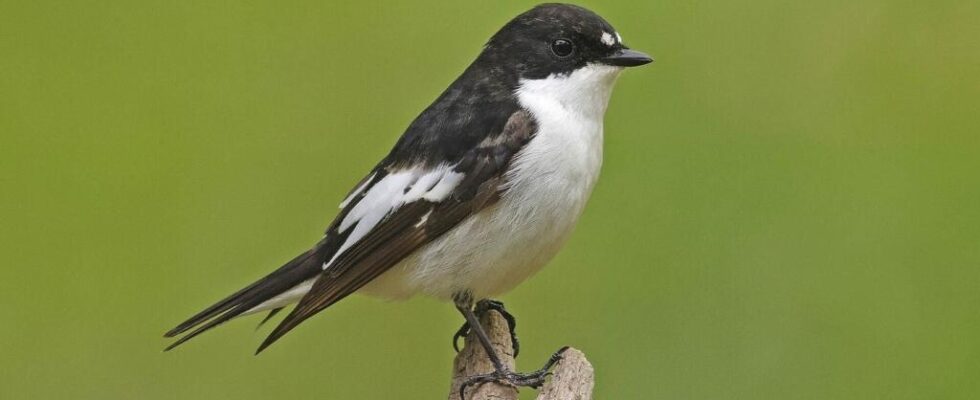With the arrival of spring, an eternal ritual begins anew: male birds fill the air with song, seeking to attract mates and defend their territory in a competition with other competing males.
4 mins
By Samyuktha Rajan, Stockholm University
But there’s a lot we don’t yet understand about how birds learn which sounds to sing. OUR latest study offers new insights and suggests that genes may play a more important role than scientists thought.
At the house of almost half of the world’s bird species, young birds learn to sing by imitating adults. When they learn from each other in this way, errors inevitably occur, leading to song variation between populations of the same species, similar to the dialect formation in human languages.
Female birds generally prefer males who sing songs typical of the local population, as this can show that they are well adapted to the nearby environment. In addition, songs are essential for territorial defense. Male birds that sing foreign songs often struggle to keep their territory against local competitors. This potential role as a social and reproductive barrier is the reason why there is a long-standing hypothesis that differences in song can lead to the formation of a new species.
However, scientists do not yet fully understand what happens to these song differences when birds move from one population to another. Imagine you are a native bird and a newcomer arrives singing a foreign song. What’s stopping you from learning this new song? If enough birds in a region learn the songs of new arrivals, differences in song between populations, and therefore the reproductive barrier, could disappear.
But birds tend to only learn songs of their own kind, even when exposed to the songs of other species. This suggests that birds have genetic predispositions that direct them to learn only “relevant” songs. So far, these genetic predispositions have only been shown to limit the learning of songs from different species.
This raises an interesting possibility. Could these genetic predispositions also limit song learning within the same species – and could they explain why certain song differences are maintained between different populations of the same species?
It exists some laboratory studies Who explored that idea. But it has rarely been tested in the wild, where birds are exposed to songs from different populations and species. That’s why we wanted to see if these lab results would hold up if we let’s do the test in the field.
In the middle of nature
In spring 2017-2019, we transferred pale flycatcher eggs (a small migratory bird that breeds widely in Europe) from their nests in the Netherlands to a population in Sweden. We carefully transported these eggs to their new home, where they were placed in nests and eventually raised by parents from Sweden. In winter, these transferred birds took flight and began the long journey to their wintering grounds in Africa, along with their Dutch and Swedish counterparts. When spring returned, they returned to Sweden, now adults, with fully formed songs, ready to find potential mates.
We recorded the songs of these birds and compared them to the songs of the Swedish environment where they were raised. We also compared them to the songs of their original population in the Netherlands. Overall, the songs of the transferred males resembled the songs of the Swedish population.
This came as no surprise, as we know that social learning plays a crucial role in song development in flycatchers. However, we found that the translocated males did not learn just any song elements from the Swedish population – they learned the song elements most similar to those of their original Dutch population. This means that their songs did not completely overlap with Swedish songs, but resembled both Swedish and Dutch songs. This suggests that displaced males are genetically predisposed to learning songs from their Dutch population.
These results show how genetic differences within a species can lead to cultural changes. We believe that as songs continue to diverge between these two populations, genetic predispositions should also become more distinct. Ultimately, birds from the local population may not recognize immigrants from other populations as part of their own species, as regional variations tend to become more pronounced over time. This coevolution between genes and songs can reduce the likelihood that birds from different populations will mate with each other, leading to the formation of new species.
Samyuktha RajanPhD candidate in Behavioral Ecology, Stockholm University
This article is republished from The Conversation under Creative Commons license. Read theoriginal article.
